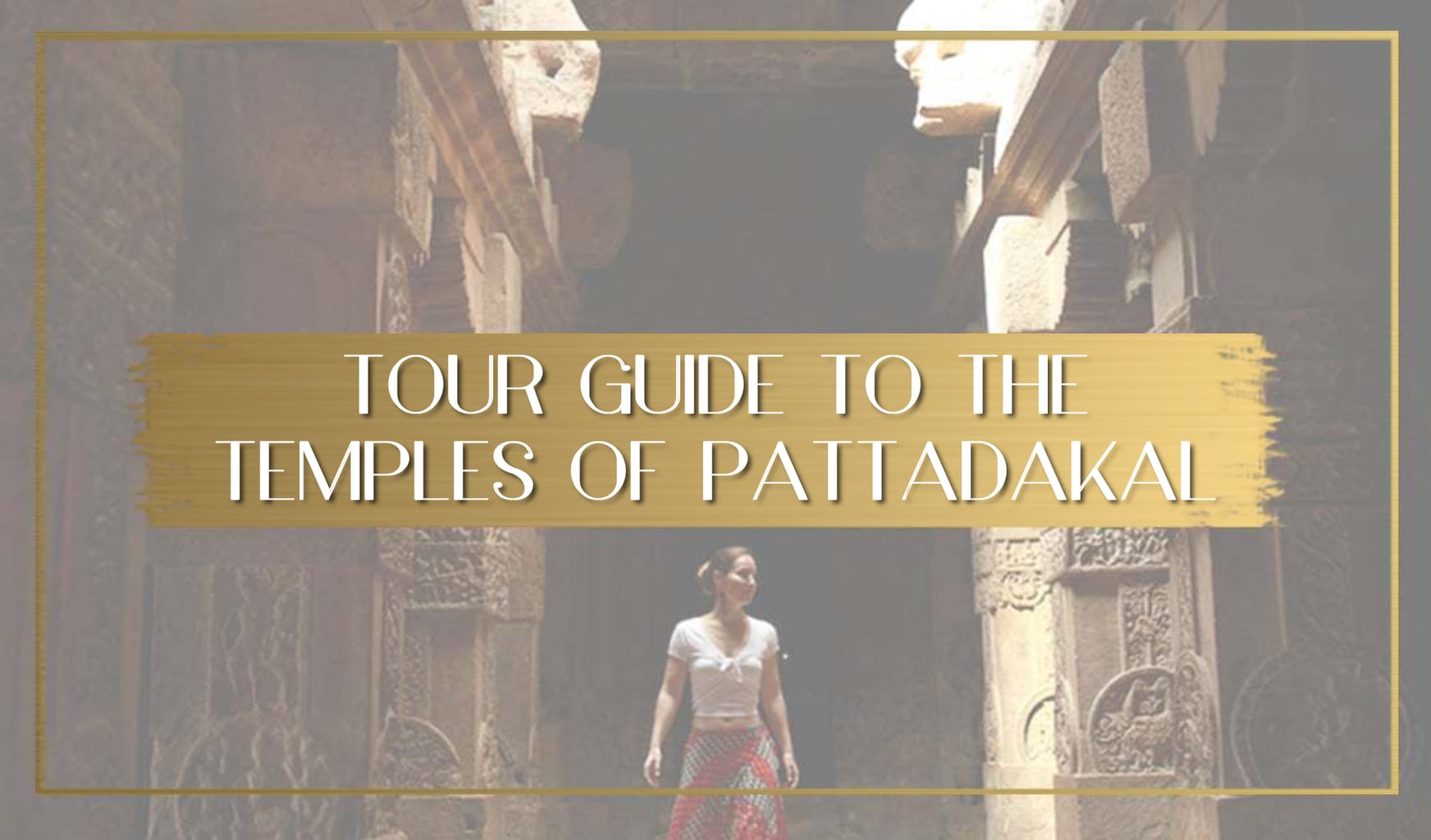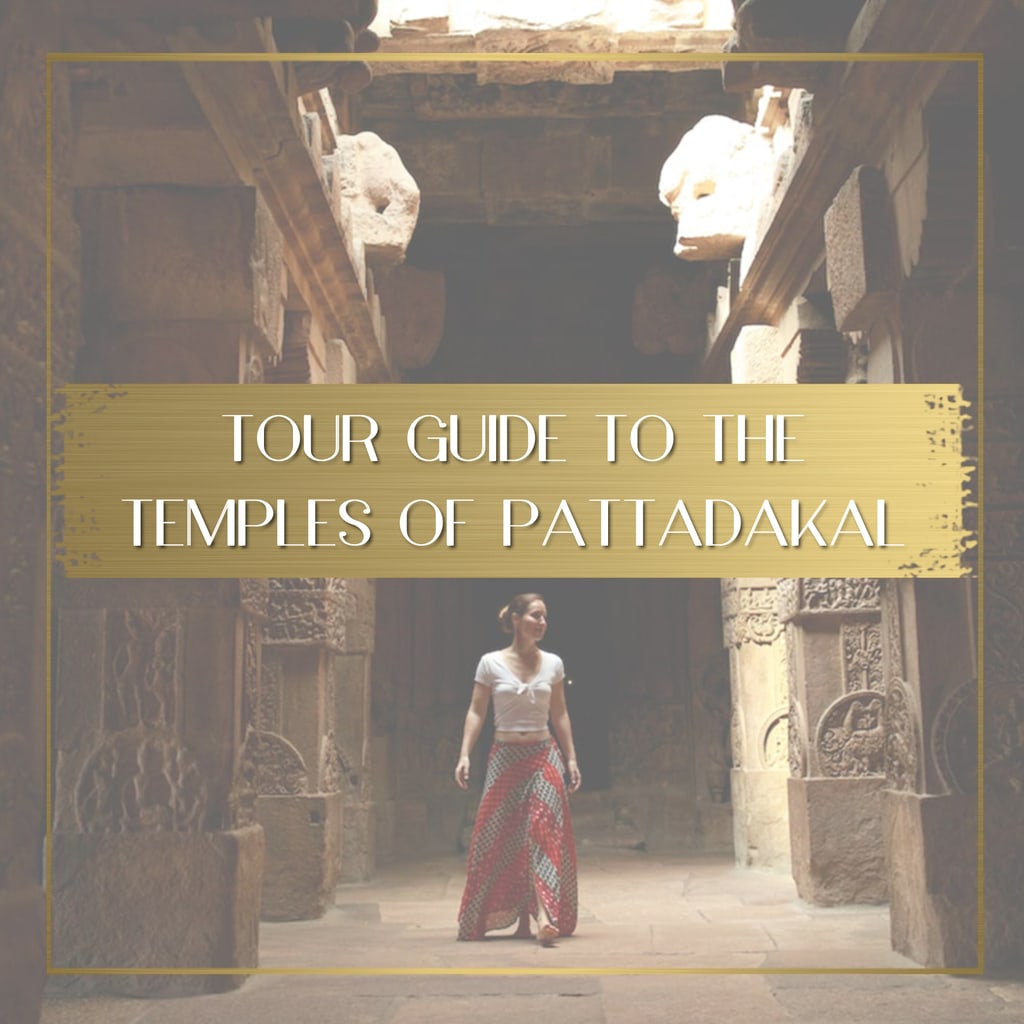
India is full of incredible UNESCO sites and temple complexes, but the Temples of Pattadakal was one which definitely impressed me unexpectedly. And I say unexpectedly not because I thought they were not going to be great but because I had never even heard of this beautiful complex in Karnataka when I visited as part of the Golden Chariot, a luxury train journey in India.
Let me give you a little bit more history and background on the temples and also show you some amazing photos of Pattadakal that will surely make you want to visit. Did I also mention that the temples are a great Instagram location? That is right, this is one of the most photogenic and stunning places of interest in India.
History of Pattadakal
Pattadakal was built in the 8th century and is part of a UNESCO listed group of temples which includes Aihol and the Badami Cave temples on the banks of the Malaprabha River.
The temples were built in the Chalukyan architectural style and they are said to be the inspiration for the architectural constructions in the rest of India at the time. Their name, meaning Place of Coronation, was used by the Chalukyan Dynasty for celebration and was considered holy because it is the place where the Malaprabha River turns north towards the Himalayas and Mount Kailash (remember it from my trip to Tibet?).
The temple complex received many names. It was known as Kisuvolal (valley of red soil), Raktapura (city of red), and Pattada-Kisuvolal (red soil valley for coronation) all of which refer to its holy and red soil status.
Pattadakal, together with Badami and Aihole, are considered the center of architectural experimentation and innovation between the 5th and 8th centuries and exported a lot of ideas to the rest of India. Pattadakal was used as a center of fusion of Northern and Southern Indian methods and styles and this can be seen in the construction.
Despite the early constructions in Pattadakal dating from the 7th or 8th centuries, it is believed that expansion continued well into the 12th century with the inclusion of new Hindu, Buddhist and Jain temples.
What you can expect at Pattadakal
The Temples of Pattadakal are mostly Hindu and devoted to Shiva but there is also a Jain temple and some Buddhist monuments. In total, there are 150 monuments in the complex of which 10 are considered major temples, 9 of which are Hindu and 1 Jain. Of these 10, 8 are clubbed together, whereas the Jain temple is west of the main complex and the Hindu temple is about half a kilometer away.
When you approach Pattadakal you are immediately taken aback by the simplicity of the surroundings and the green of the grass and the palm trees aided by the nearby river.
Unlike other temples in the area, there is nothing built near the constructions so it all looks airy and spacious and the main paths leading to the temples are visible.
Pattadakal is built in red rock, as opposed to the black soft stone of Belur or Halebidu and this also give the temples a warmer feel.
What makes Pattadakal so unique and thus listed as a protected World Heritage Site by UNESCO is its blend of styles. Of the ten main temples, four were built in the southern Chalukya Dravidian style that one can see in other constructions in Karnataka, four were built in the in the Nagara style of Northern India and one, the Papanatha temple, blends the two styles.
Some of the temples, like the Galaganatha temple, are mostly in ruins and what is left are small halls containing only a Shivalinga. Others, like the Virupaksha temple, are well preserved and much larger with columns, several rock cut windows and friezes. A few temples like the Sangameshwara Temple, are incomplete but plans show how they should have looked upon completion.
As the temple is still functioning, you will find locals coming to pray and make offerings. You can see a Nandi shrine in front of the Virupaksha temple which is still receiving devotees.
Pattadakal has been studied by many so there is a lot of information relating to the temples, their origins and their various buildings. It pays to visit with a guide who can tell you all about the architectural wonders of the time which have influenced constructions across India.
Facilities in Pattadakal
There are toilets in the area which tend to be relatively clean but can be the squat type. Bring your own tissue. There are signs marking the existence of free WiFi but I did not test it. Outside the temple complex there are a few stalls selling drinks and snacks.
This would be a great addition to your #India or #travel Pinterest boards
